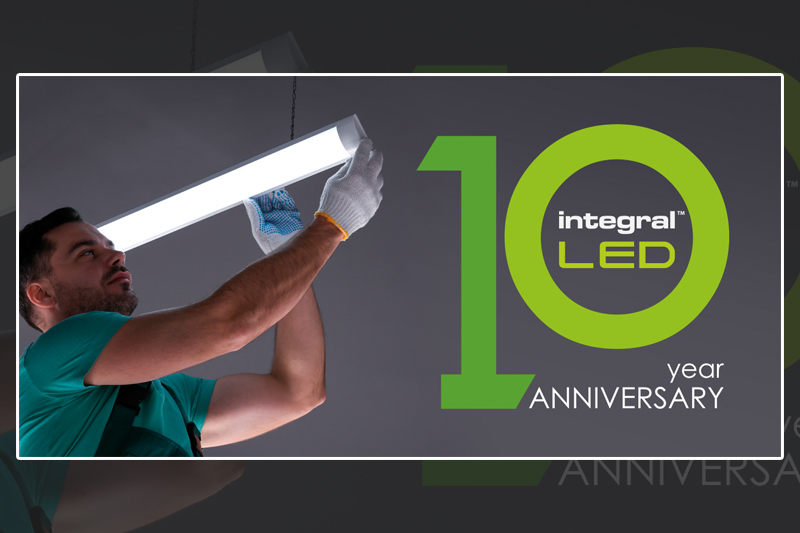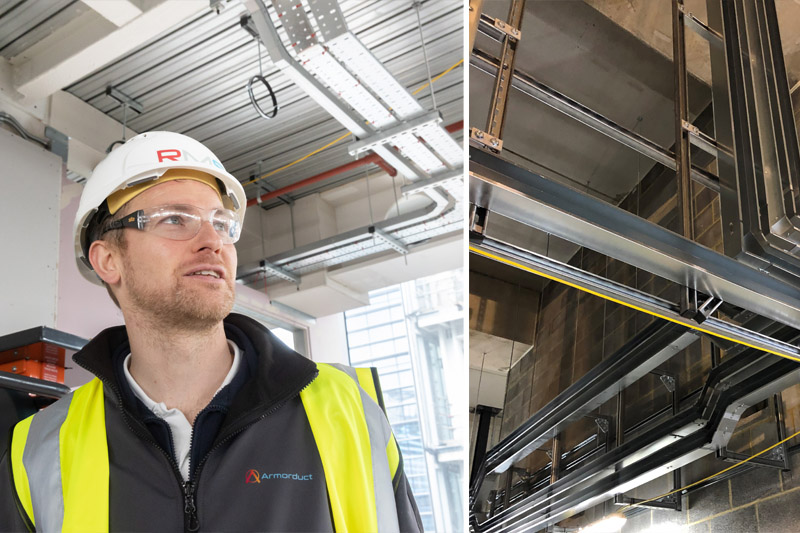Digital Transformation has been so widely covered recently that it’s easy to forget what it means – and more importantly, what it doesn’t. PEW caught up with Epicor to find out more about what it means for electrical wholesalers.
Holistically, Digital Transformation is the act of integrating digital technologies to replace older processes and technologies to create new value, ultimately driving quantifiable impacts on your business.
Statistics highlight only 27% of organisations today have a comprehensive Digital Transformation roadmap in place. By 2022, that number is expected to be 75% and many leaders are putting digital technologies to work as a matter of priority. Why do some distributors find the idea of Digital Transformation daunting? It doesn’t have to imply turning your business upside down, utilising new and unknown technologies, or doing digital simply for the sake of digital without a proper approach.
For all the promises, there are just as many buzzwords and contradicting pieces of advice that often discourage many distributors from pursuing a new wave of technology, despite the undoubtable benefits, including increased revenue and higher profitability. But there are some really good reasons to shift – here are the top five for you to consider.
- Leverage new technological possibilities
How many tasks might you be doing in your business just because ‘that’s the way it’s always been done’? False constraints like analogue processes may be holding back your team and business from evolving but by using an intelligent voice-controlled AI, like Epicor Virtual Agent (EVA), your workforce can effortlessly interact with technology to gain relevant information. It allows your team to quickly perform day-to-day tasks that would involve several time-consuming work steps while at the same time enabling you to gather business insights immediately by creating user specific reports. Epicor Report Studio, a self-serve low-/no-code application empowers users without any coding knowledge or technical expertise to automate reporting tasks and as an additional benefit this reduces the workload for your IT department.
- Exceed changing customer expectations
As a new generation of ’digital natives’ enter the market, these customers expect digital experiences that enable seamless discovering, buying, and interacting with your business throughout the entire lifecycle. Offering more straightforward ways to get information about your products through an online portal or a web-based self-service option will boost customer satisfaction through a faster check-out process with account linked rebates, pricing, and payment options.
- Build agility and resilience
Being able to react quickly to changes is key for electrical wholesalers and the electronic data exchange connection to your supply chain allows you to react quickly to any situation change or potential supply shortage. This allows you to make your business more agile and resilient by sensing change sooner, making alterations and business pivots easier whilst providing the ability to monitor progress better with more precision.
- Adapt and thrive in a remote world
The impact of Covid-19 has forced businesses to re-imagine their operations in a remote world. The adoption of remote-related technologies has presented new changes and opportunities that both digital and E-commerce can address. By developing a web-based user interface that is modern, responsive, and task optimised your team will be able to process their work quickly and access real-time reports when they are working remotely.
- Maintain your competitive advantage
All industries are susceptible to wholesale distributors who establish themselves as a digital business from the outset. Take the proactive approach to be the disruptor-instead of getting disrupted. Analyse your real-time customer buying trends and optimise your inventory according to your local customer needs.
How cloud technology enables Digital Transformation
Moving to the cloud is a great step to digital realisation and this move is no longer a daunting obstacle. It can be approached in stages to get you on the path to scaling an IT investment for real business returns. Your IT resources can be dedicated to move from a static technology environment to a technology ecosystem.
Enterprise Content Management (ECM) makes managing your business’ documents easier, faster, and with greater consistency and control. Documents and files that used to be unstructured are now stored centrally and made available to your staff and customers.
Real-time data analytics and visualisation help unshackle you and your team from the grind of data collection and static reporting, helping you pay attention proactively to revenue, expenses, and other KPIs that matter.
Smart Shipping is another way to venture into your digital journey – and it can transform how you serve your customers because it enables you to process shipping transactions faster and more efficiently, something which is critical for when the pace of order fulfilment is growing.
With the vast amount of information and data being produced, as well as a heightened awareness of supply chain risk, we’re now seeing an increased adoption in technologies that can make the supply chain ‘smarter.’ For example, Electronic Data Interchange (EDI) has become a global standard for information exchange between trading partners and is critical to your successful supply chain process. EDI eliminates paper-based process and manual processing – and the inefficiencies that come with it – by automating the electronic flow of information in packets of formatted data.
Look to the future
With all the possibilities that new digital technologies can offer your business, it can be difficult to know where to begin. By addressing today’s known pain points there are practical and valuable ways to pursue Digital Transformation that don’t require a total overhaul of your tech stack. Many distributors find success by prioritising high-need areas of their current operations that can be enhanced quickly while delivering ROI, which in turn fosters a true competitive advantage. Learn how you can break down your digital transformation journey into key components for planning the work and working the plan.
The time to act is now, businesses may be cautious about change but with the right advice, provider and knowledge, migration becomes easier.





